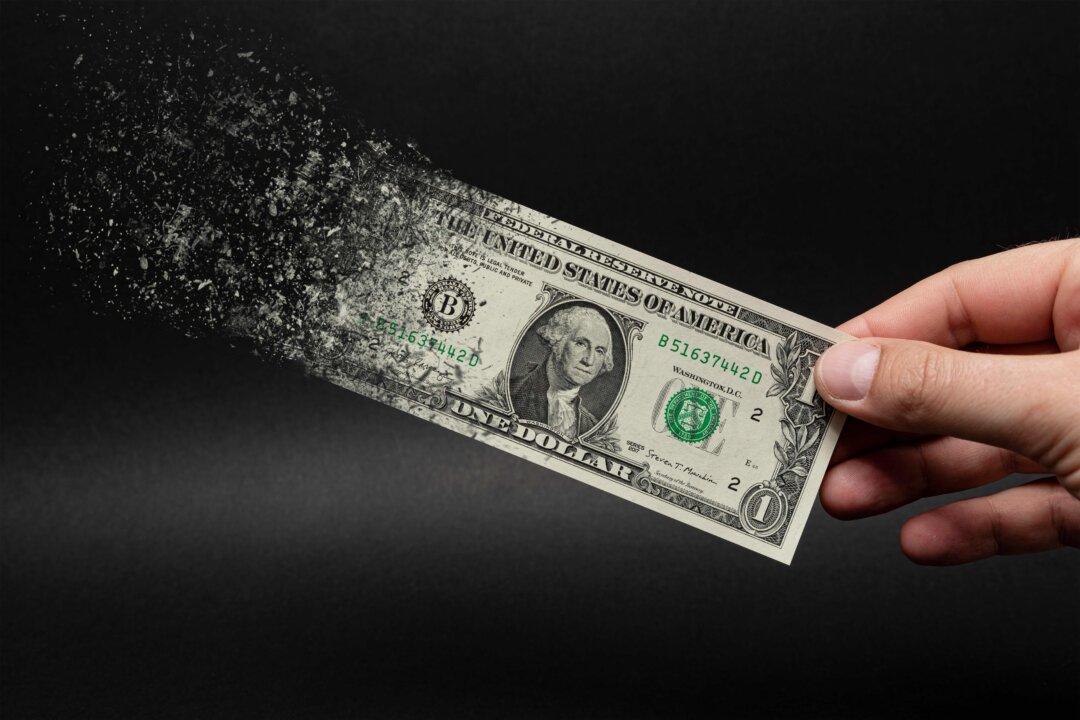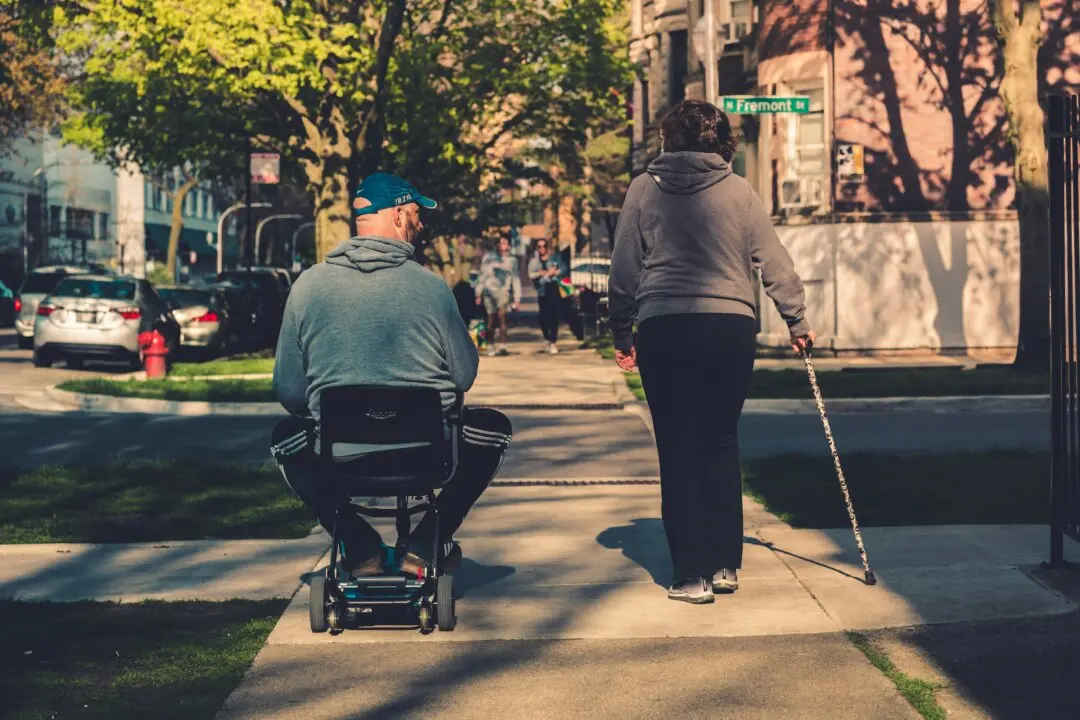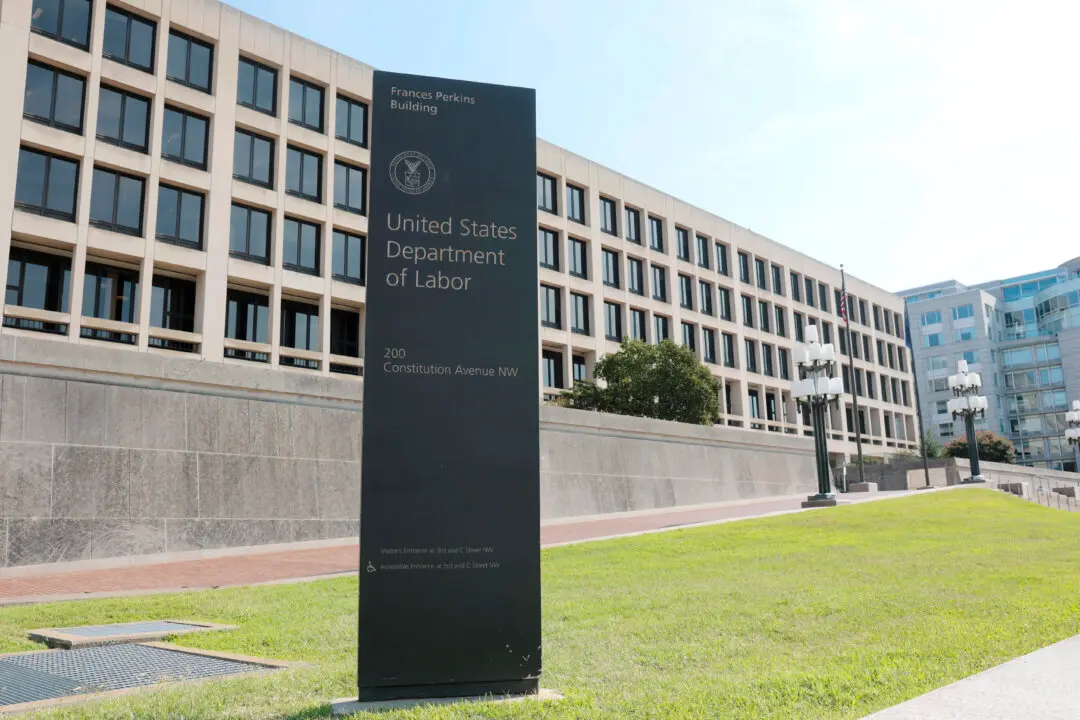Commentary
There was an oblique message buried in a New York Times story on the growing crisis in commercial real estate in cities. Yes, this is exactly the kind of article that people pass over because it seems like it doesn’t have broad application. In fact, it does. It affects the core of issues like our city skylines, how we think about urbanism and progress, where we vacation and work, and whether the big cities are drivers or drains on national productivity.






